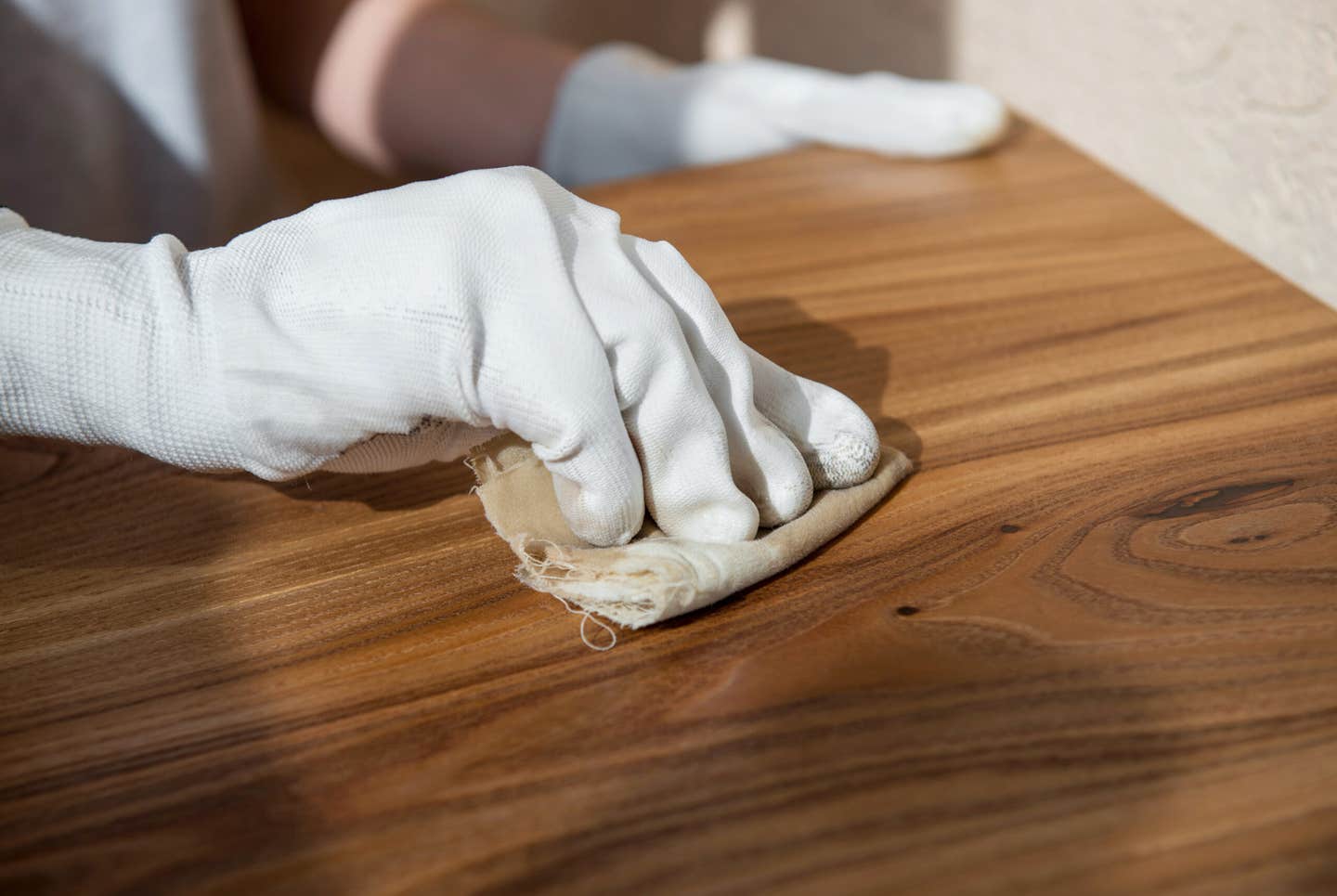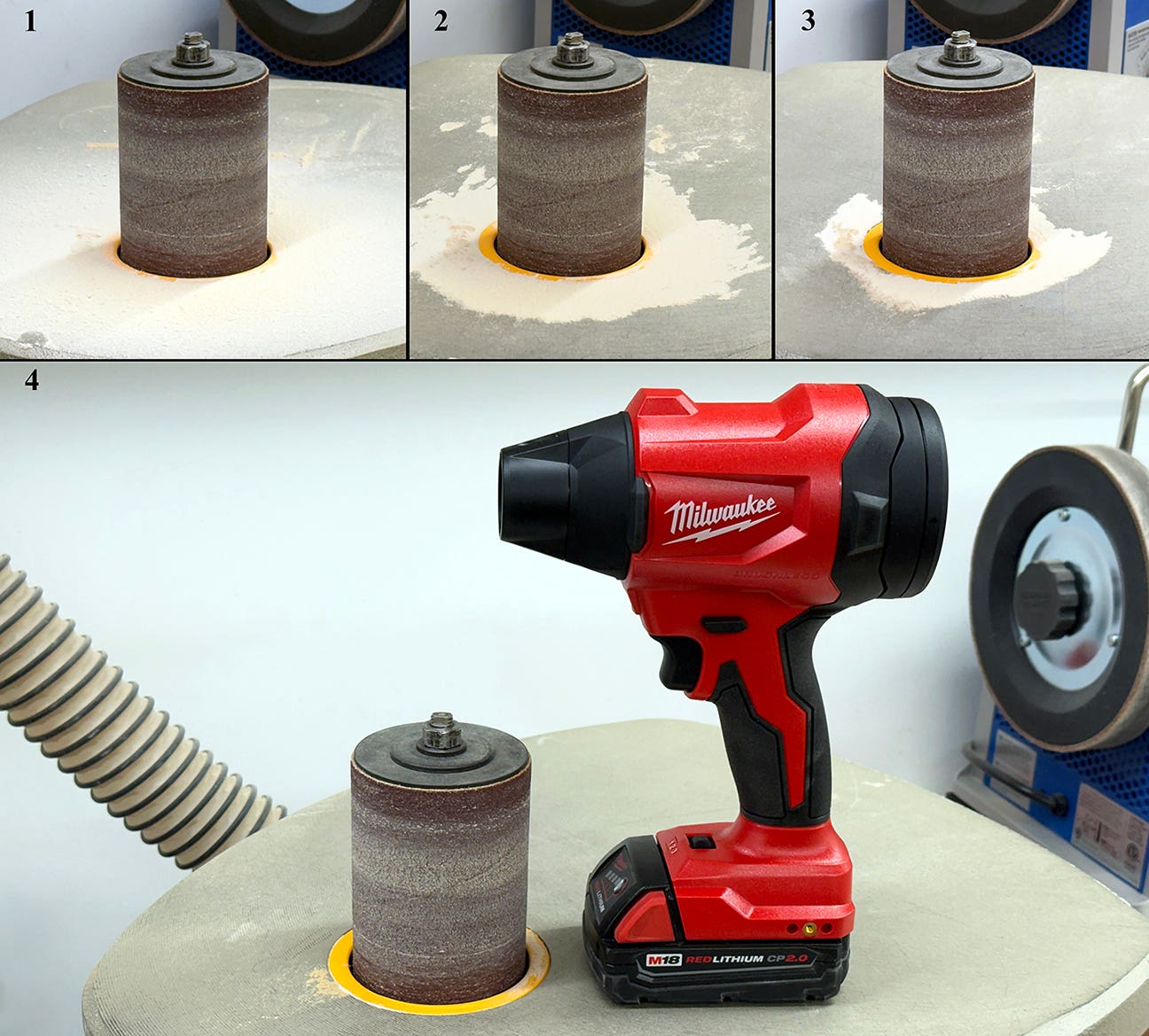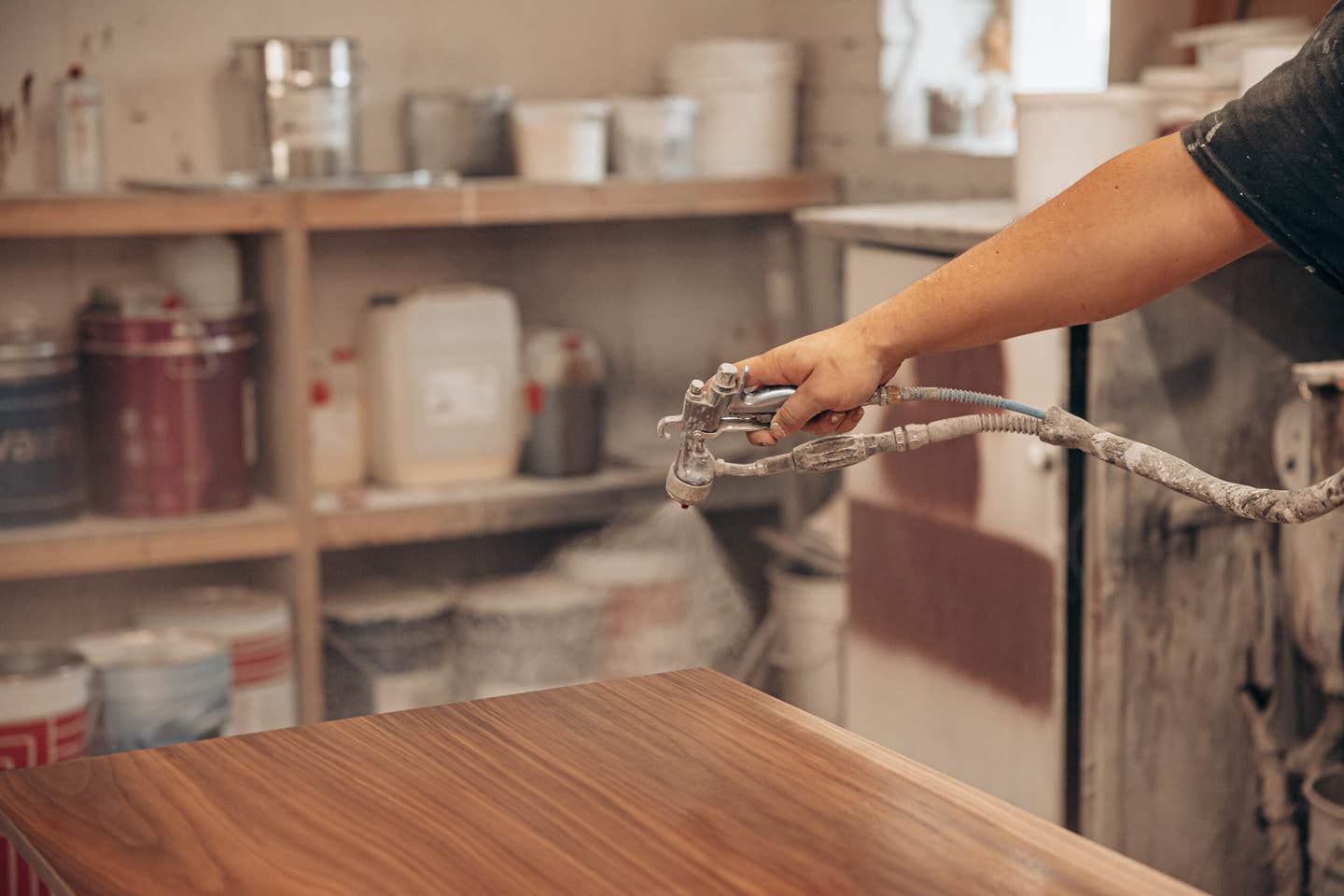Back up that hard drive
A mid-sized cabinet shop with a CNC router for milling flat stock is quite dependent on either personal computers or work stations.
A mid-sized cabinet shop with a CNC router for milling flat stock is quite dependent on either personal computers or work stations. There is probably a PC for the boss, salesperson, bookkeeper, designer and perhaps the CNC machine.
Though today’s personal computers and work stations are quite dependable, they are machines and machines can fail. Your worst nightmare is a hard drive failure, which means you’ve lost everything on your computer.
There are ways to prevent and prepare for a failure, all of which are easy and inexpensive. A hard drive is a non-volatile digital storage device. It is made of several rapidly rotating magnetically-coated metal platters upon which data is stored non-sequentially by read-write heads. Non-volatile means that even when the computer is turned off, the data stored on the hard disk drive is retained exactly as it was originally written. Non-sequentially means that the data is written to the rotating platters in a random fashion, not as a block of data, for it to transfer as quickly as possible.
To minimize the strain on a hard drive, add a partition or install a second hard drive.
A hard drive is designated as the computer’s ‘C’ drive and stores the operating system. Newer computers have tremendous storage capacity and can be partitioned with a readily available software program. A partition causes the operating system to see two hard drives, and the second can be designated as the ‘D’ drive to hold specific data, such as the designs for a set of cabinets. An ‘E’ drive could also be added for an archive of past jobs. The main advantage of partitions is faster data retrieval.
Adding a second hard drive frees up the first from storing data. Therefore, all data can be stored on the ‘D’ drive for ultimate retrieval speed as the read-writes heads would no longer be shared as they would be on a partitioned hard drive. The second drive can be partitioned to separate data folders.
Just like any tool, hard drives require maintenance. This most often involves defragmenting or removing gaps between data sets to improve a computer’s performance.
Defragmenting takes data sets and moves them about the hard drive, first joining subsets, and as larger storage areas become available, the data sets are moved to areas on the platters where there is enough space for them to be contiguous. It is best to defragment when the computer is going to be idle for an extended period of time.
There are two easy ways to back up a hard drive. The first is to have an additional hard drive installed in the computer, then back up everything – including the operating system, software and data – to that drive. The second is to back up to an external hard drive.
If all this sounds confusing or complicated, spend the money to have a computer tech set up a backup system. It is a wise investment for a computer dependent shop.
This article originally appeared in the April 2018 issue.







